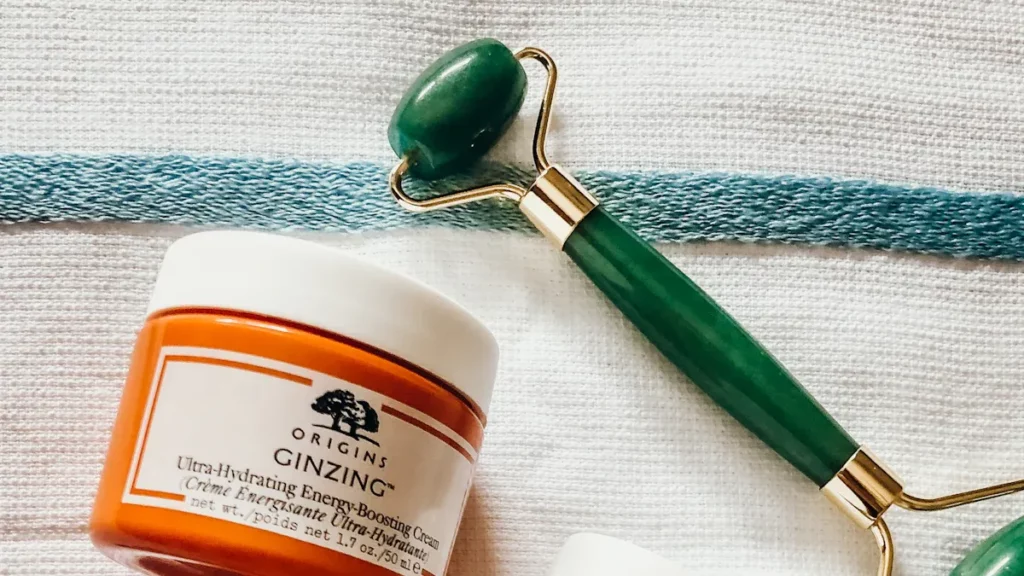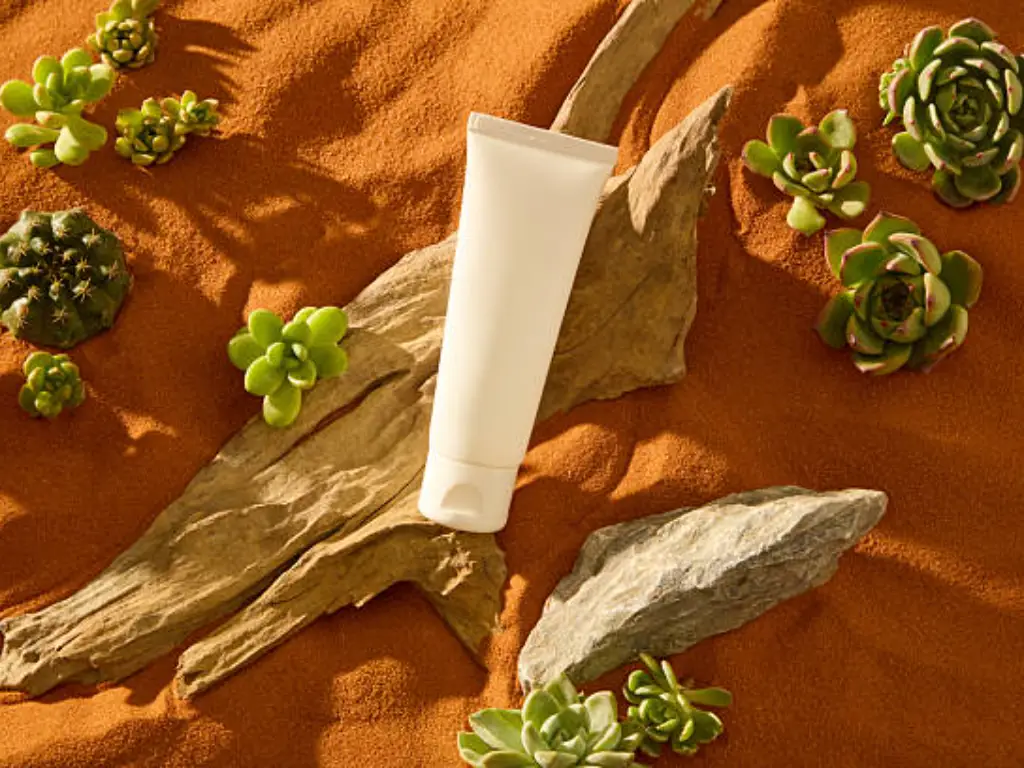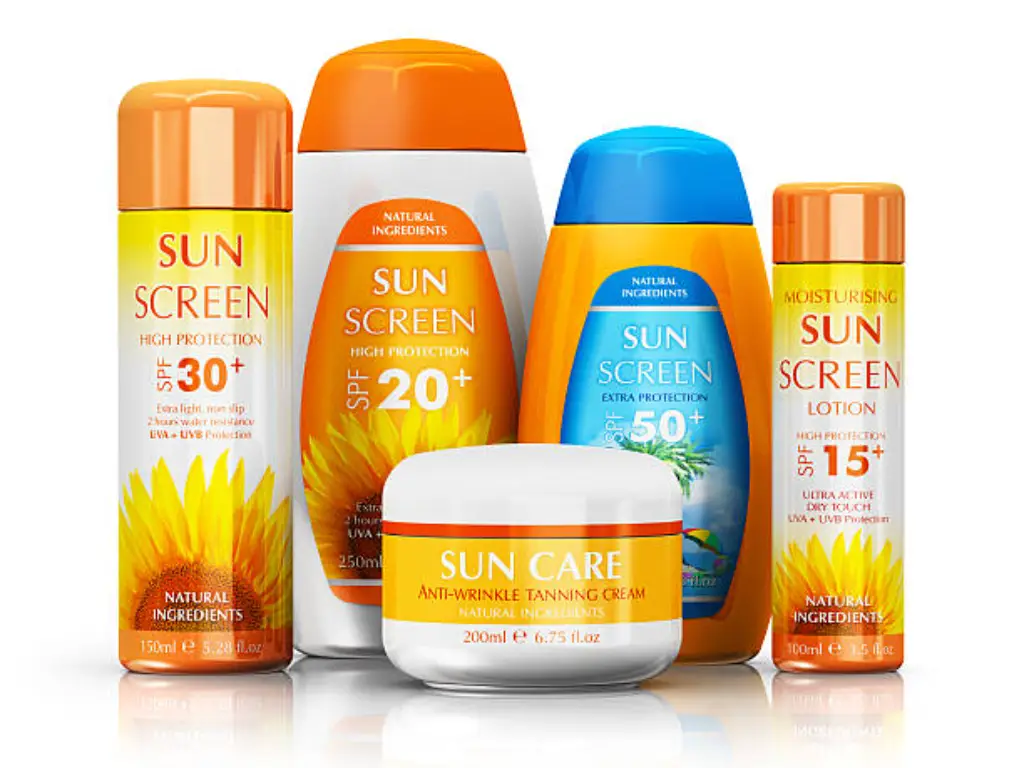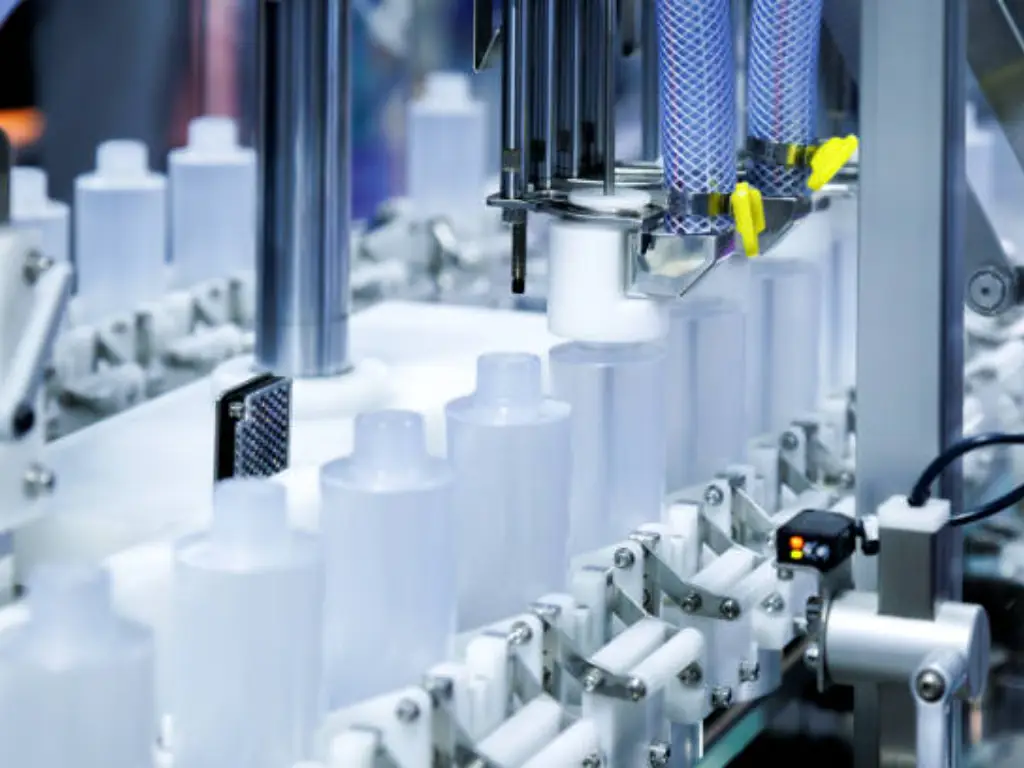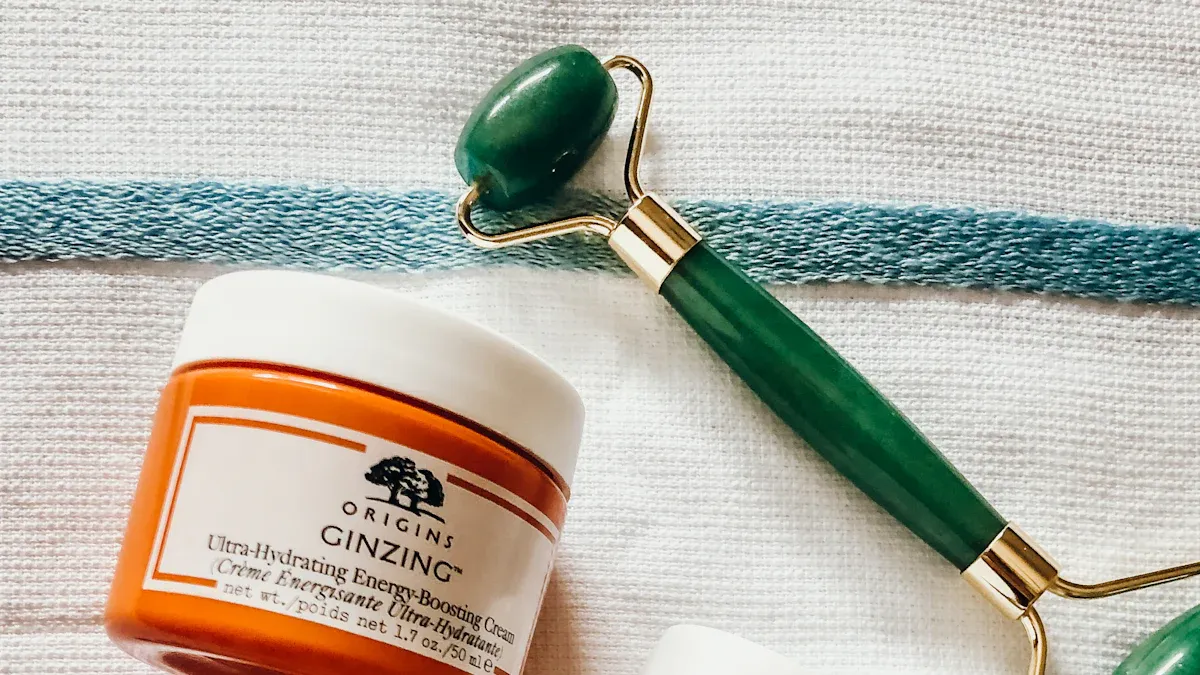
The demand for age-specific skincare has surged as consumers seek solutions tailored to their unique skin needs. By 2050, individuals aged 60 and above will comprise over 21% of the global population, highlighting the growing market potential. Younger generations, like Gen Z, are embracing anti-aging products earlier, often starting at age 25. Tailored skincare products address these shifting needs, offering solutions for youthful glow, age-related concerns, and everything in between. For brands, understanding these diverse demands allows you to create skincare that resonates across generations.
Market Landscape for Age-Specific Skincare
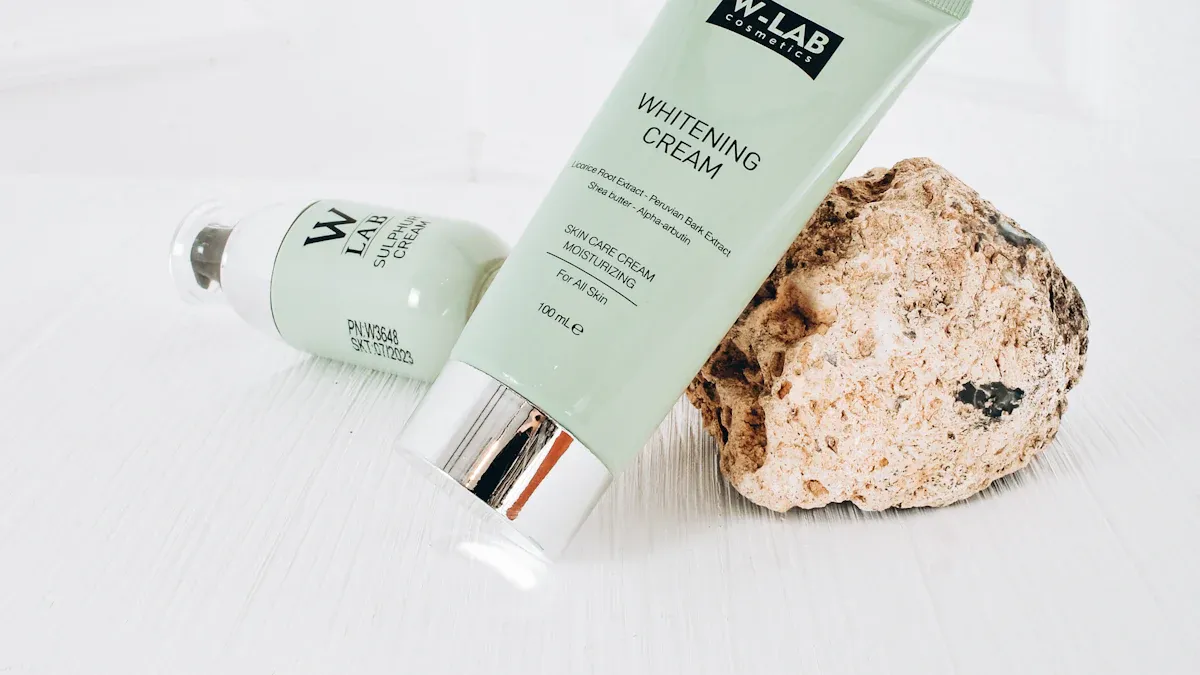
Growth Projections and Market Opportunities
The silver beauty market is experiencing remarkable growth. Consumers are increasingly seeking skin care products that address specific concerns like dryness, wrinkles, and loss of elasticity. This shift has created opportunities for brands to develop specialized lines with effective ingredients such as retinol and hyaluronic acid. The anti-aging skincare market is projected to reach 63.73 billion USD by 2024, with North America leading at 24.35 billion USD, followed by Europe and the Asia-Pacific region. Each region offers unique opportunities for brands to expand their presence in the skin care market.
Younger consumers, aged 26-35, are embracing preventative skincare, while individuals aged 36-45 focus on addressing visible signs of aging. Boomers, particularly those aged 46-60, prioritize products that deliver proven results. Targeting boomers with tailored solutions can help brands tap into this lucrative segment. As the market grows, brands must innovate to meet the diverse needs of these age groups.
Key Drivers of Age-Specific Skincare Demand
Several factors drive the demand for age-specific skin care products. Fear of aging motivates many consumers to invest in solutions that preserve their youthful appearance. Demographic shifts, including the growing population of boomers, highlight the need for targeted age-specific marketing strategies. Changing consumer preferences also play a role, with more individuals opting for preventative measures rather than reactive solutions.
Key Driver | Description |
|---|---|
Fear of Aging | A significant motivator in the health and beauty market, influencing consumer behavior towards skincare. |
Demographic Shifts | Changes in population age groups necessitate targeted marketing strategies for age-specific products. |
Changing Consumer Preferences | A trend towards preventative measures rather than curative solutions, expanding the market base. |
Understanding these drivers allows you to create skin care products that resonate with consumers across generations.
Competitive Landscape and Industry Trends
The cosmetic industry is evolving rapidly, with brands competing to capture market growth in age-specific skincare. Established players dominate the silver beauty market, but emerging brands are gaining traction by offering innovative solutions. Sustainability has become a key trend, with eco-friendly practices appealing to environmentally conscious consumers.
Digital platforms also play a significant role in age-specific marketing. Social media and e-commerce enable brands to connect directly with their target audience. By leveraging these tools, you can effectively communicate the benefits of your products and build trust with consumers. Staying ahead of industry trends ensures your brand remains competitive in the dynamic skin care market.
Addressing Unique Skincare Needs by Age Group
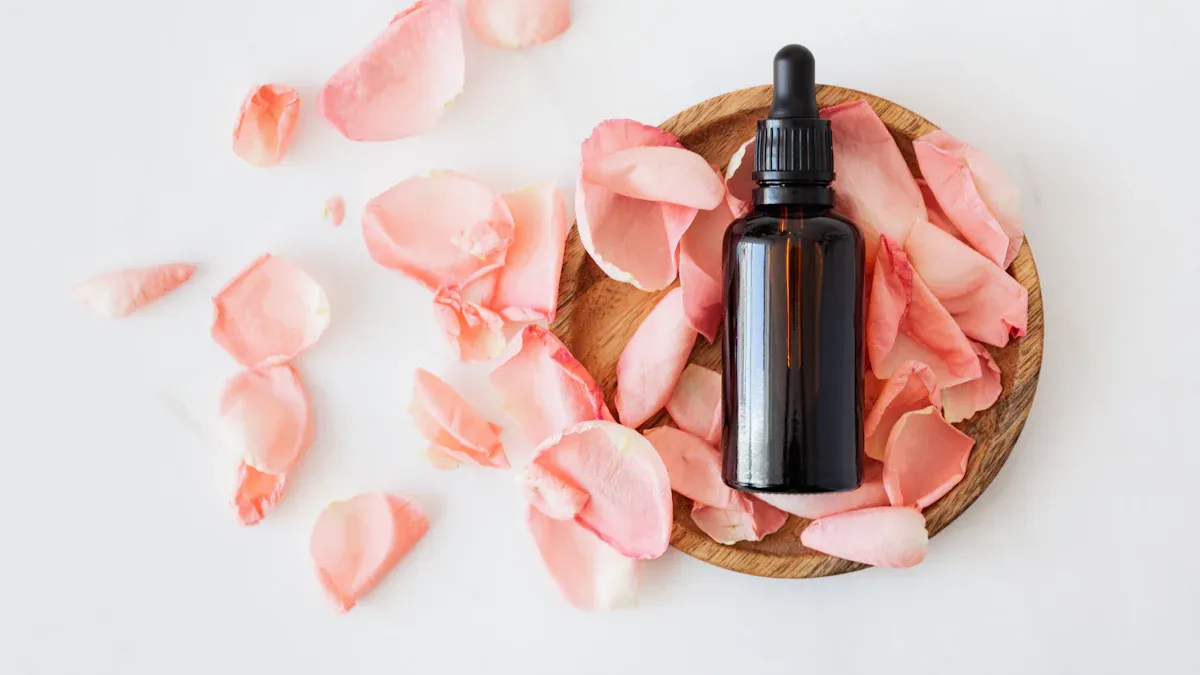
Skincare Solutions for Younger Consumers
Younger consumers, particularly Gen Z, are redefining the skincare market. This group values authenticity, inclusivity, and affordability. They often start using preventative skincare products in their early twenties to maintain a youthful appearance. Products like lightweight moisturizers, sunscreen, and gentle cleansers are essential for protecting youthful skin from environmental damage and premature aging.
Gen Z’s purchasing behavior reflects their independence and research-driven approach. Platforms like TikTok and Instagram influence their choices, making digital marketing strategies crucial for brands targeting this demographic. Nearly half of Gen Z adults purchase their own beauty products, favoring affordable brands that deliver quality results.
Insight | Description |
|---|---|
Gen Z Population | Nearly 18% of the US population belongs to Gen Z, representing a large market segment. |
Spending Power | Many Gen Z adults prioritize value-driven purchases, favoring affordable yet effective products. |
Brand Perception | Sopra 75% of Gen Z women believe affordable brands are as good as premium ones. |
Research Behavior | Gen Z relies on social media platforms for product recommendations and reviews. |
Gender Fluidity | Most Gen Z consumers embrace gender-neutral beauty products. |
To cater to this group, you should focus on creating inclusive, affordable, and effective skincare solutions. Highlighting authenticity and realistic beauty standards will resonate with their values.
Anti-Aging Products for Middle-Aged Consumers
Middle-aged consumers often seek anti-aging skincare to address visible signs of aging, such as fine lines, wrinkles, and loss of elasticity. This group prioritizes products that deliver proven results, making ingredients like retinol, acido ialuronico, and peptides highly desirable. Anti-aging solutions such as serums, idratanti, and eye creams help restore a youthful appearance while improving skin texture and hydration.
Demographic segmentation plays a key role in understanding the needs of this age group. Middle-aged consumers focus on maintaining their skin’s health and vitality, often opting for anti-aging skincare products that combine effectiveness with convenience.
Type of Segmentation | Description |
|---|---|
Demographic Segmentation | Targets different age groups, genders, and ethnicities, recognizing unique beauty preferences. |
Age | Different age groups have varying skincare concerns and preferences, influencing product development. |
Gender | Products are tailored to address unique needs of specific genders, such as skincare for men. |
Ethnicity | Products may cater to diverse skin tones and hair textures based on ethnic backgrounds. |
To stand out in this competitive market, you should emphasize innovative aging solutions that address aging skin concerns. Combining anti-aging skincare with sustainable practices can further enhance your brand’s appeal to environmentally conscious consumers.
Customized Skincare for Seniors
Senior skincare products are gaining traction as the aging population grows. Mature skin often requires specialized care to address sensitivity, dryness, and age-related concerns like wrinkles and age spots. Customized solutions, such as deeply hydrating moisturizers and targeted anti-aging treatments, are essential for meeting these needs.
The demand for senior skincare continues to rise due to increased awareness of skin health among older adults. Innovations in product development, including the use of natural ingredients and clinical studies, are crucial for creating effective solutions.
The aging population drives demand for skincare tailored to mature skin, which is often more sensitive.
Rising awareness of skin health among seniors increases the need for specialized products like moisturizers and anti-aging treatments.
Natural ingredients and scientific advancements play a key role in developing customized solutions for aging skin.
By offering senior skincare products that prioritize comfort, effectiveness, and sustainability, you can build trust and loyalty among this demographic. Highlighting your commitment to innovation and quality will further strengthen your brand’s position in this growing market.
Emerging Trends in Age-Specific Marketing
Personalization in Skincare Products
Personalization has become a defining trend in age-specific skincare. Consumers now expect products tailored to their unique needs, especially as they age. For individuals over 40, this demand is particularly strong. Many existing products focus on younger demographics, leaving a gap in the market for older consumers. You can address this by offering solutions that target specific concerns like fine lines, loss of elasticity, and hydration.
Advancements in technology have made personalized skincare more accessible. DNA-based collections and epigenetic solutions are gaining traction, allowing you to create products that align with individual skin profiles. Hormonal changes also play a significant role in aging skin, and addressing these shifts can set your brand apart. The purchasing power of Gen-X and Baby Boomers further underscores the importance of catering to older generations. By prioritizing personalized skincare, you can tap into this growing market while meeting the evolving expectations of your audience.
The beauty industry is shifting its focus from youth-centric products to solutions for older consumers.
Evidence-based skincare tailored to specific communities is becoming more popular.
Hormonal and DNA-based innovations are driving the next wave of personalized skincare.
Sustainability and Eco-Friendly Practices
Sustainability is no longer optional in the skincare industry. Consumers are increasingly aware of the environmental impact of their choices, and they expect brands to align with their values. Younger generations, particularly Gen Z, prioritize sustainable ingredient sourcing and eco-friendly packaging. This shift in consumer behavior has transformed the market, pushing brands to adopt greener practices.
You can meet these expectations by using natural ingredients and reducing waste in your production processes. Research shows that nearly 60% of German consumers consider ingredient sourcing when purchasing natural and organic products. This trend highlights the importance of transparency in your supply chain. Offering products that combine hydration and moisture with sustainable practices can help you build trust and loyalty among environmentally conscious buyers.
Sustainable ingredient sourcing influences purchasing decisions, especially in Europe.
Younger consumers are more likely to invest in eco-friendly skincare products.
Transparency and eco-conscious practices enhance consumer engagement.
Digital Marketing Strategies for Age-Specific Audiences
Digital marketing has revolutionized how you connect with age-specific audiences. Understanding consumer behavior is key to crafting effective campaigns. Analytics tools allow you to gather insights into preferences and purchasing habits, enabling you to tailor your messaging. Per esempio, A/B testing can help you determine which visuals and messages resonate most with different age groups.
Social media platforms play a crucial role in reaching younger consumers. Gen Z relies heavily on TikTok and Instagram for product recommendations, while older generations prefer Facebook and email marketing. By leveraging these platforms, you can create targeted campaigns that speak directly to your audience. Highlighting benefits like hydration and moisture in your messaging can further enhance your appeal.
Analytics tools provide valuable insights into consumer behavior.
A/B testing refines marketing strategies for different demographics.
Social media platforms enable direct engagement with age-specific audiences.
Overcoming Challenges in Age-Specific Skincare
Managing Costs and Product Development
Developing age-specific skincare products comes with unique challenges. You must balance the cost of high-quality ingredients with affordability for consumers. Ingredients like retinol, peptides, and hyaluronic acid are effective but can increase production expenses. Inoltre, creating formulations tailored to different age groups requires extensive research and testing.
The facial skincare market accounts for nearly 70% of overall skincare revenue, highlighting the importance of investing in this segment. However, heightened consumer awareness of skin health has also led to increased demand for solutions addressing issues like adult-onset acne, which affects up to 15% of American women annually. Younger women are showing interest in age-specific products, even though these traditionally target older demographics.
To manage costs effectively, you can explore partnerships with experienced manufacturers. Companies like Oully offer customizable solutions that streamline production while maintaining quality. Leveraging such expertise allows you to focus on innovation without compromising affordability.
Navigating Regulatory and Labeling Standards
Regulatory compliance is a critical aspect of skincare product development. The FDA enforces strict guidelines to ensure consumer safety. You must provide accurate ingredient lists and clear usage instructions on product labels. Good Manufacturing Practices (GMP) are essential for maintaining quality and minimizing risks like contamination or defects.
Small or emerging brands often find these regulations complex. Expert guidance can simplify the process, ensuring your products meet industry standards. Transparent labeling builds consumer trust and reduces the likelihood of legal issues.
Tip: Collaborate with manufacturers who operate FDA- and GMP-certified facilities. This ensures your products meet regulatory requirements while maintaining high standards of safety and quality.
Building Consumer Trust Across Generations
Trust is the cornerstone of success in the skincare industry. You need to educate consumers about your products and their ingredients. Transparency in marketing appeals to diverse age groups, helping you connect with your audience.
Multicultural differences in preferences also play a role. Non-Hispanic White consumers prioritize age-related solutions, while Asians value products catering to different skin tones. Black and non-Hispanic White consumers appreciate brands offering varied price points. By addressing these preferences, you can build loyalty across generations.
Be transparent about ingredient usage to foster trust.
Use educational marketing to highlight suitability for different age groups.
Offer products at diverse price points to appeal to a broader audience.
When you prioritize transparency and education, you create a brand that resonates with consumers of all ages.
The market for age-specific skincare continues to grow, offering significant opportunities for brands like yours.
The global skincare market, valued at $171.05 billion in 2024, is projected to reach $260.61 billion by 2033, with a CAGR of 4.79%.
Consumer demand for natural ingredients and anti-aging solutions drives this growth.
The expanding elderly population creates new opportunities for targeted anti-aging products.
To succeed, focus on innovation and personalization. Tailor your products to meet the unique needs of each age group. Embrace sustainability by using eco-friendly ingredients and packaging. These practices not only attract environmentally conscious buyers but also build trust.
Looking ahead, clean beauty trends and advancements in personalized skincare will shape the industry. By staying adaptable and prioritizing consumer needs, you can position your brand for long-term success.
FAQ
What is age-specific skincare, and why is it important?
Age-specific skincare refers to products designed to meet the unique needs of different age groups. Your skin changes over time, requiring tailored solutions to address concerns like acne, dryness, or wrinkles. Using age-appropriate products helps maintain healthy, radiant skin at every stage of life.
How do I choose the right skincare products for my age?
Focus on your skin’s current needs. Younger skin benefits from hydration and sun protection. Middle-aged skin requires anti-aging ingredients like retinol. Mature skin needs deep hydration and gentle care. Always read labels and consult a dermatologist if unsure.
Are natural ingredients better for age-specific skincare?
Natural ingredients can benefit your skin, especially if you prefer eco-friendly options. However, effectiveness depends on the formulation. Ingredients like hyaluronic acid and peptides, whether natural or synthetic, work well for age-specific concerns. Choose products that combine safety with proven results.
Can I use anti-aging products in my 20s?
Yes, you can start using anti-aging products in your 20s. Preventative care, like sunscreen and antioxidants, protects your skin from premature aging. Focus on lightweight, hydrating formulas to maintain a youthful glow without overwhelming your skin.
How does sustainability impact skincare choices?
Sustainability matters to many consumers today. Eco-friendly packaging and responsibly sourced ingredients reduce environmental impact. Choosing sustainable skincare supports your values while ensuring high-quality products. Look for brands that prioritize transparency and green practices.

